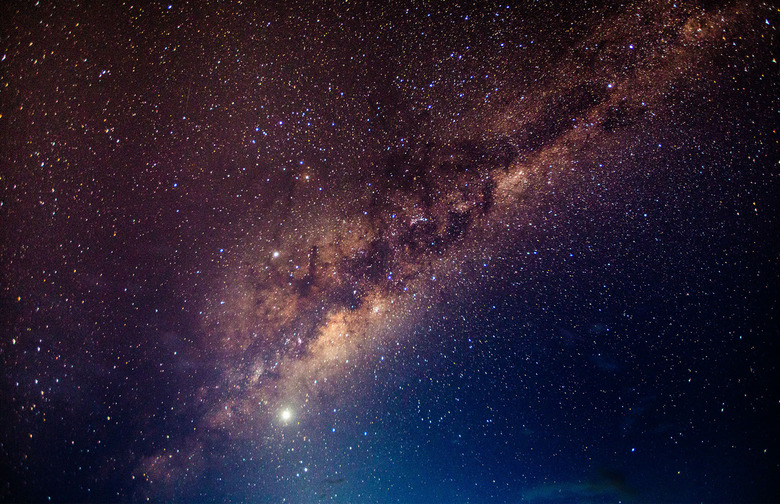A 'Fossil Galaxy' Was Hiding In Plain Sight Within The Milky Way
- Scientists have discovered the remains of an ancient "fossil galaxy" hiding inside of our own Milky Way.
- The galaxy is what's left of a very old galaxy that collided with our own galaxy a long time ago, scientists think.
- The galaxy was identified by spotting old stars with different makeup deep within the Milky Way.
Understanding how galaxies are born, grow, and die is essential to better grasping how the universe itself works. As for our own Milky Way, we know quite a bit about it, but not nearly enough to say with certainty how it formed, and certainly not enough to know how long it took to grow to its current state.
Now, researchers using data from the Sloan Digital Sky Survey's Apache Point Observatory Galactic Evolution Experiment (wow, that's a mouthful) say they've uncovered the remains of an ancient "fossil galaxy" that may have contributed greatly to the growth of the Milky Way.
Black Friday 2020 is here
The fossil galaxy — which the scientists have nicknamed 'Hercules' — is actually quite substantial with regard to the overall size of the Milky Way. The researchers believe that it makes up "about one-third of the Milky Way's spherical halo." That's a huge portion of our home galaxy, and nobody saw it previously because of how close to the center of the galaxy it is. The study was published in Monthly Notices of the Royal Astronomical Society.
"To find a fossil galaxy like this one, we had to look at the detailed chemical makeup and motions of tens of thousands of stars," Ricardo Schiavon, co-author of the research, said in a statement. "That is especially hard to do for stars in the center of the Milky Way, because they are hidden from view by clouds of interstellar dust. APOGEE lets us pierce through that dust and see deeper into the heart of the Milky Way than ever before."
By using APOGEE to study an incredible number of stars and then compare their makeup, the researchers were able to spot a very distinct difference between the vast majority of the stars and a collection of "a few hundred" that were very clearly different.
"Of the tens of thousands of stars we looked at, a few hundred had strikingly different chemical compositions and velocities," Danny Horta, lead author, explained. "These stars are so different that they could only have come from another galaxy. By studying them in detail, we could trace out the precise location and history of this fossil galaxy."
So how did this ancient galaxy become a part of our own? The scientists suggest that it's possible the galaxy collided with our own Milky Way very early in its formation. When that happened, it would have bolstered the size of our galaxy in a big way and may be at least partly responsible for the health of the Milky Way today.
